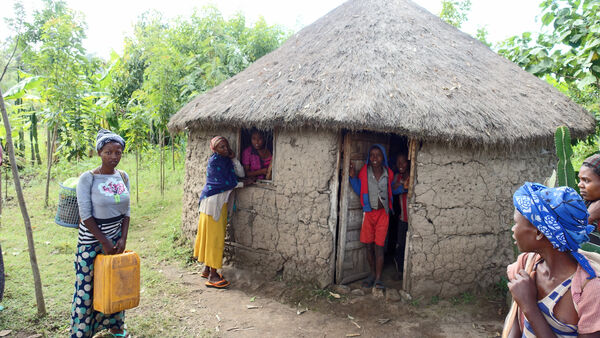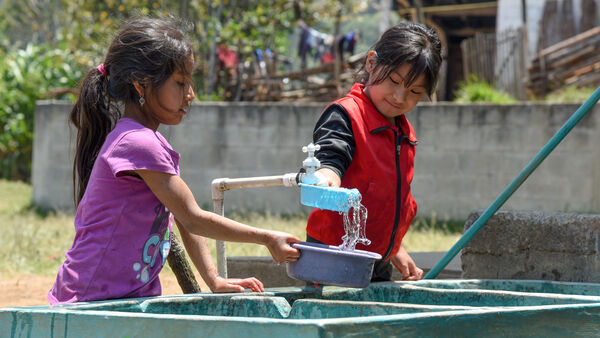See the Rich/Poor Gap for Yourself



Previous:
After traveling the world, you come home recognizing how the people of America are good people with big hearts. We are compassionate and kind, and operate with the best of intentions. But as citizens of a giant, powerful nation — isolated from the rest of the world by geography, as much as by our wealth — it can be challenging for many Americans to understand that poverty across the sea is as real as poverty across the street. We struggle to grasp the huge gap between the wealthy and the poor. While it may be human nature to choose ignorance when it comes to this reality, it's better character to reckon with it honestly.
Anyone can learn that half of the people on this planet are trying to live on $2 a day and a billion people are trying to live on $1 a day. You can read that the average lot in life for women on this planet is to spend a good part of their waking hours every day walking for water and firewood. But when you travel to the developing world, you meet those "statistics" face-to-face…and the problem becomes more real.
In San Salvador, I met Beatriz, a mother who lives in a cinderblock house with a corrugated tin roof. From the scavenged two-by-four that holds up her roof, a single wire arcs up to a power line that she tapped into to steal electricity for the bare bulb that lights her world each night. She lives in a ravine the city considers "unfit for habitation." She's there not by choice, but because it's near her work and she can't afford bus fare to live beyond walking distance to the place that pays $6 a day for her labor. Apart from her time at work, she spends half the remaining hours of her day walking for water. Her husband is gone, and she's raising a child. Beatriz is not unusual on this planet. In fact, among women, she's closer to the norm than most women in the United States.
I went home from that trip and spent $5,000 to pay for my daughter Jackie's braces. I had money left over for whitener. I noticed every kid in Jackie's class has a family that can pay $5,000 for braces. This is not a guilt trip. I work hard and am part of a winning economic system in a stable land that makes this possible. I love my daughter and am proud to give her straight and white teeth.
But I have an appetite to understand Beatriz's world and the reality of structural poverty. I know that for the price of two sets of braces ($10,000), a well could be dug and a thirsty village of women like Beatriz would not have to walk for water. They would have far more time to spend with their children. I advocate within my world on Beatriz's behalf, and enthusiastically support relief work in the developing world. This is not because I am a particularly good person…but because I have met Beatriz.
Traveling in places like El Salvador enables you to appreciate the gap between rich and poor. And having met those people makes it all the more gratifying to help out as you can.

